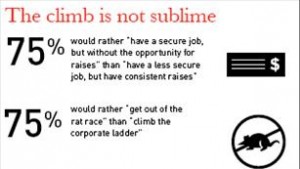Today’s Post is by Eli Razov, Senior Account Manager at SafeSourcing Inc.
What’s the difference between Natural and Processed cheese? Processed cheese consists of emulsifiers and food coloring and other substitutes that may prove to be harmful for your body. Natural cheese, on the other hand, is the purest form of processed milk and may not be harmful for the body as it does not contain any chemical or preservatives to keep it fresh. Processed cheese has a longer shelf than natural cheese, majorly because the latter has a large amount of salt and preservatives to keep it fresh. It is recommended that both processed and natural cheese is good only if eaten within limits. Processed cheese is generally consumed in fast foods; hence it is imperative to take care of the amount of fast foods you eat.
What is Processed Cheese?
Processed cheese is basically made from natural cheese; however, it varies in degree and sharpness of flavor. It is a product made from cheese, emulsifiers (two insoluble liquids), sodium citrate, calcium phosphate, sorbic acid (preservative), enzymes, cheese culture, vitamin D3, milk fat, extra salt, saturated vegetable oils, whey and artificial food colorings. Generally, to make processed cheese, a portion of natural cheese is melted, emulsified and held together with preservatives, artificial ingredients and double the amount of salt used than that of natural cheese. It is then poured and reformed into various other forms of cheese products.
Here are some of the processed cheeses that you may or may not have heard of before:
- Brie cheese
- Camembert
- Brick cheese
- Muenster cheese
- Stilton cheese
- Cheddar cheese
- Blue cheese
- Mozzarella cheese
- Swiss cheese
- Parmesan cheese
- Gorgonzola cheese
Natural cheese is made of products using only simple and natural ingredients including fresh high quality milk, salt, enzymes and natural colors. The major differences between processed and natural cheese are that natural cheeses have the whey (watery part of the milk) pressed out of them, while processed cheese does not; and processed cheese has a longer shelf life as compared to natural cheese.
Here are some natural cheeses:
- Cottage Cheese
- Cream Cheese
- Brie
- Camembert
- Muenster
Knowing about your products and who to get them from can help you make educated decisions. At SafeSourcing, we have a growing database of Natural & Processed Cheese manufacturers and distributors. We work directly with these vendors to help our clients save on these products. Contact SafeSourcing and let us help you save on your cheese costs today!
For more information on how SafeSourcing can assist you or on our “Risk Free” trial program, please contact SafeSourcing we have an entire team waiting to assist you today
Citation:
https://food.ndtv.com/food-drinks/processed-cheese-versus-natural-cheese-your-guide-to-cheese-1680557


